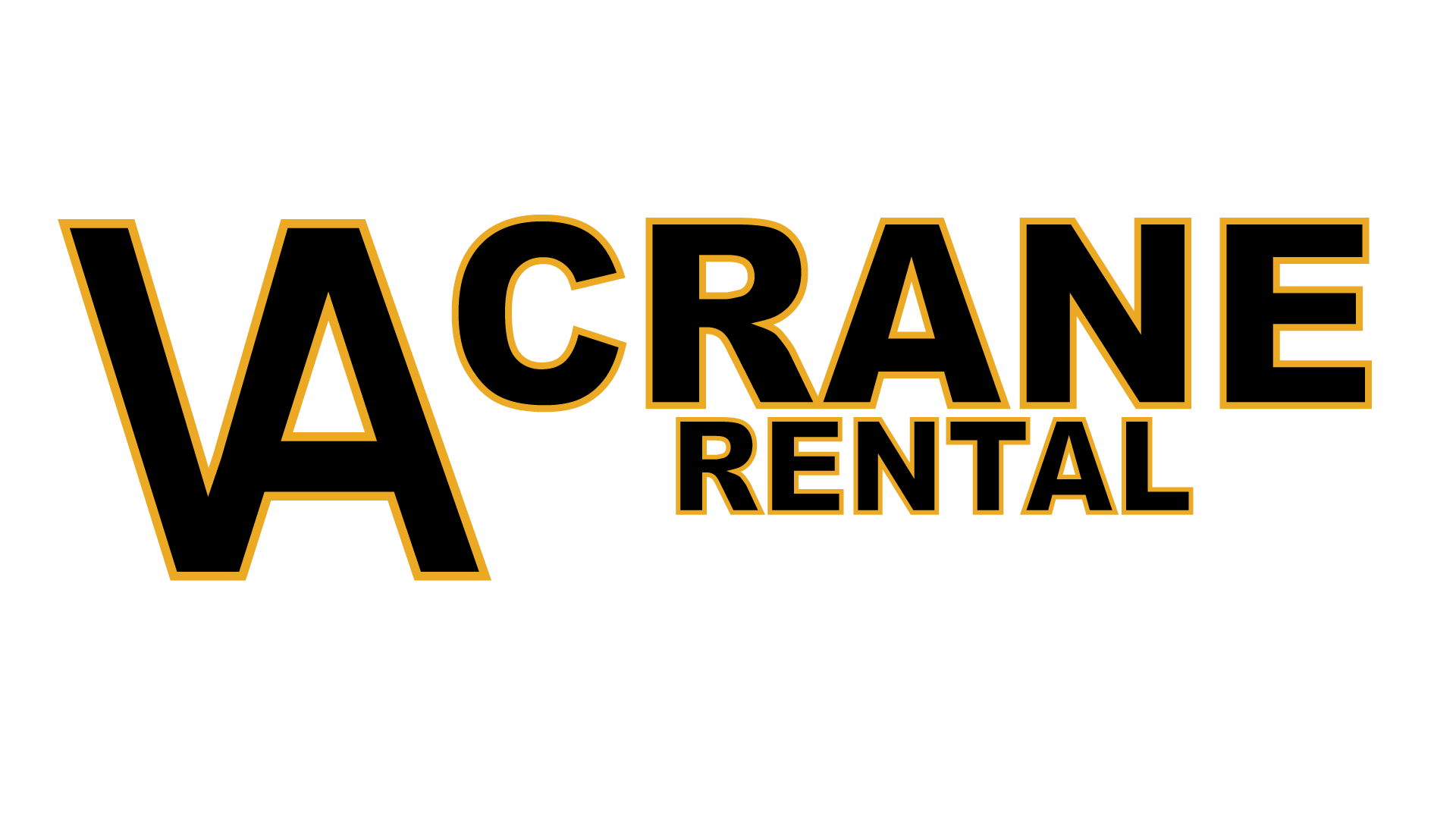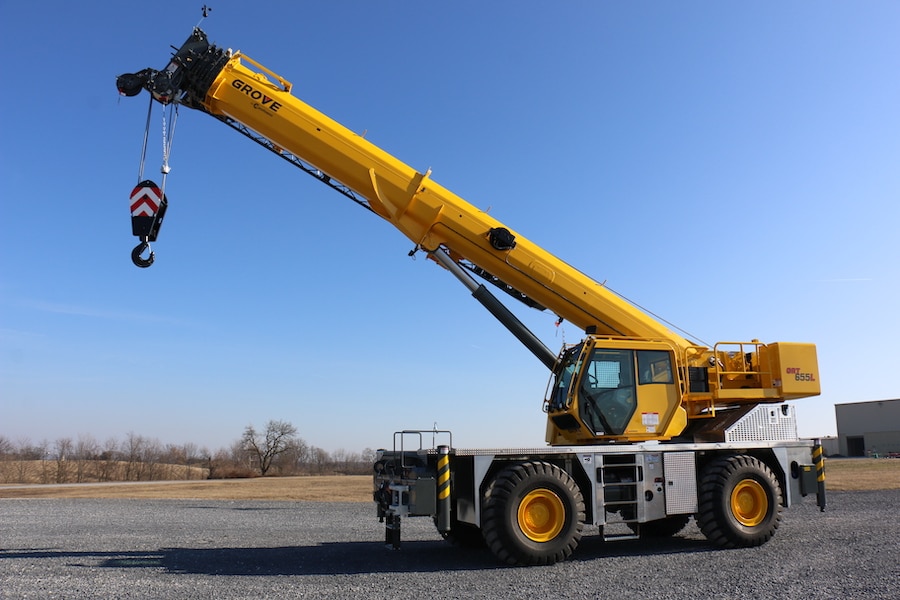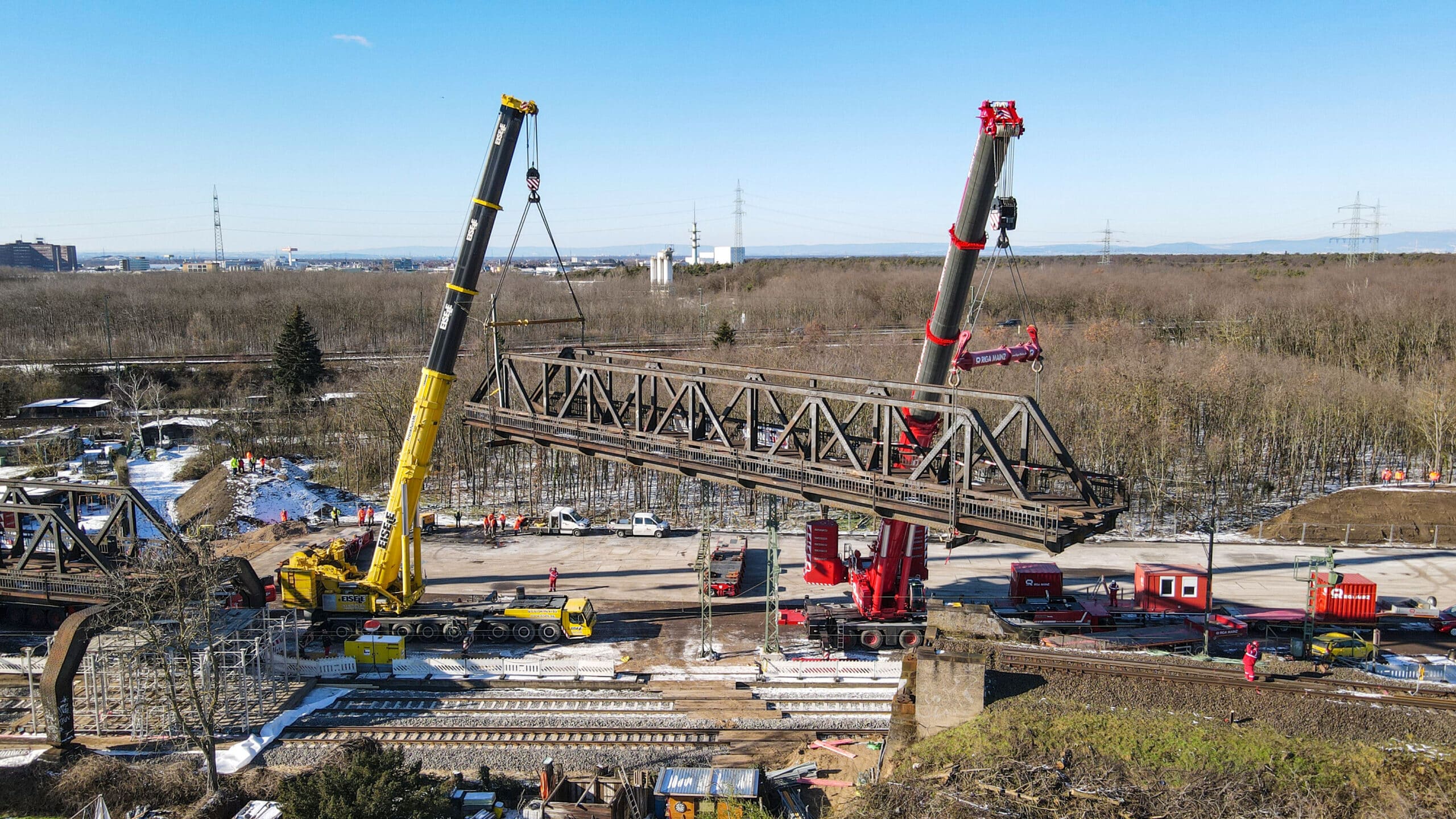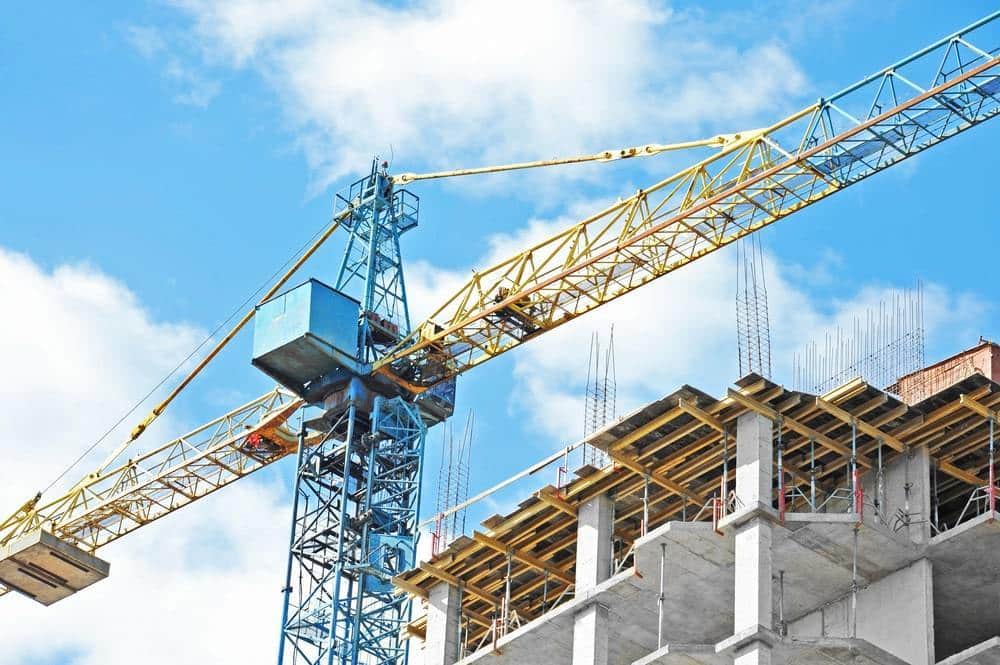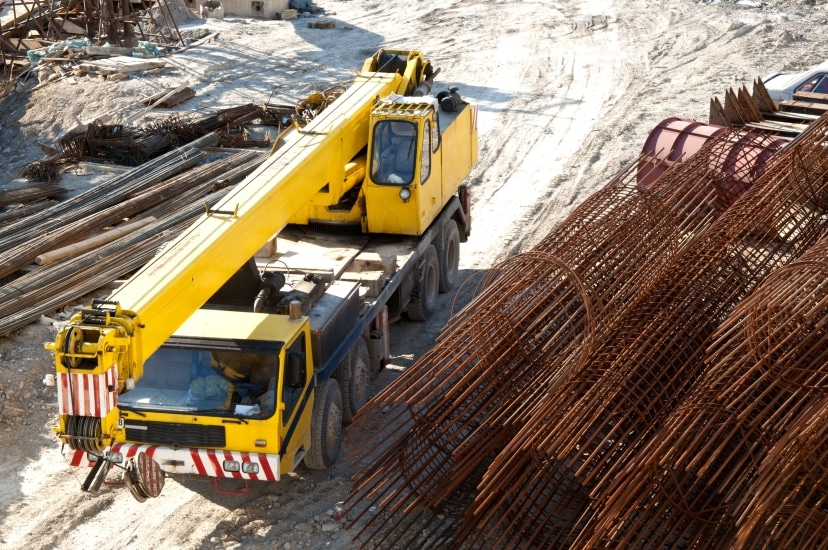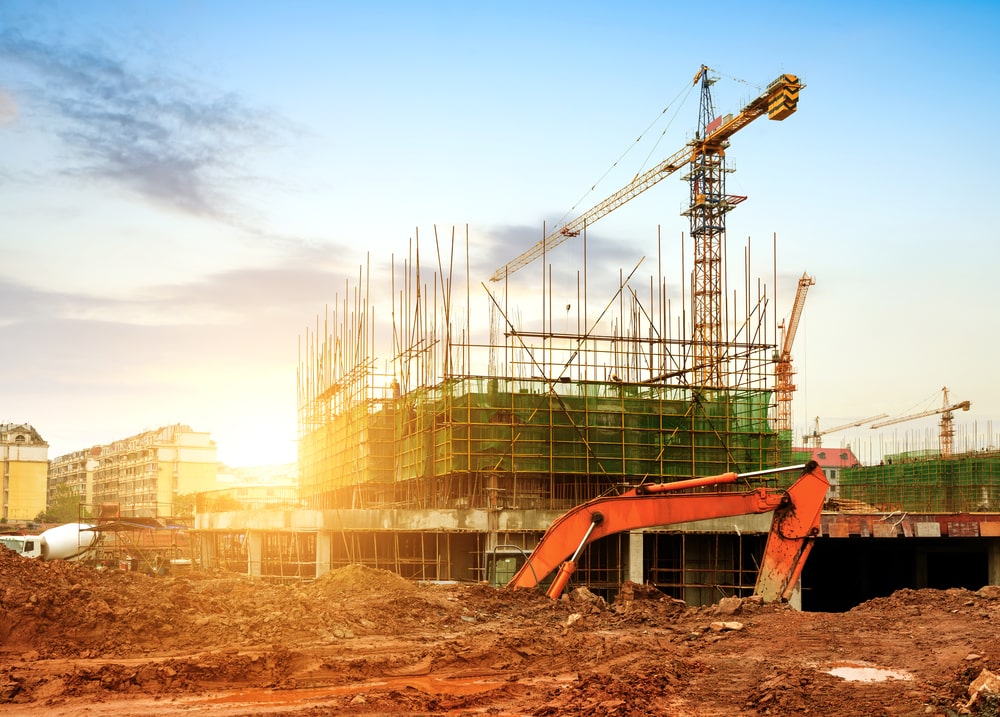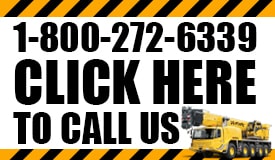Safety is a critical consideration when using cranes on construction job sites. Ensuring the safety of workers and the public is essential for the success of any project. Here are some best practices to follow when renting and using cranes on your job site:
- Choose the Right Crane: Choosing the right crane for your project is crucial for ensuring safety. Consider the weight of the load, the height of the lift, and the distance the crane will need to reach when selecting a crane. Make sure the crane is properly rated for the load capacity required and meets all relevant safety standards.
- Hire Qualified Operators: Only hire qualified and experienced crane operators. Crane operators should be licensed, trained, and certified to operate the specific type of crane being used. Ensure that operators have the proper training and experience to perform their duties safely.
- Conduct Regular Inspections: Regularly inspect the crane, rigging, and all associated equipment to ensure they are in good working condition. Any defects or issues should be addressed immediately before using the crane.
- Follow Manufacturer Guidelines: Follow all manufacturer guidelines and instructions for operating the crane. Ensure that all warning labels, placards, and operational instructions are visible and legible.
- Provide Adequate Training: Provide adequate training for all workers who will be working in the vicinity of the crane. Make sure they understand the hazards and risks associated with crane operation and how to avoid them.
- Maintain Safe Distance: Maintain a safe distance from the crane when it is in operation. Establish clear boundaries around the crane, and ensure that workers and the public are kept a safe distance from the crane at all times.
- Conduct Regular Safety Meetings: Conduct regular safety meetings to review crane operation procedures, address any concerns or issues, and reinforce safe work practices.
In summary, following these best practices can help ensure the safe use of cranes on your construction job site. By choosing the right crane, hiring qualified operators, conducting regular inspections, following manufacturer guidelines, providing adequate training, maintaining a safe distance, and conducting regular safety meetings, you can help prevent accidents and ensure the safety of workers and the public.

